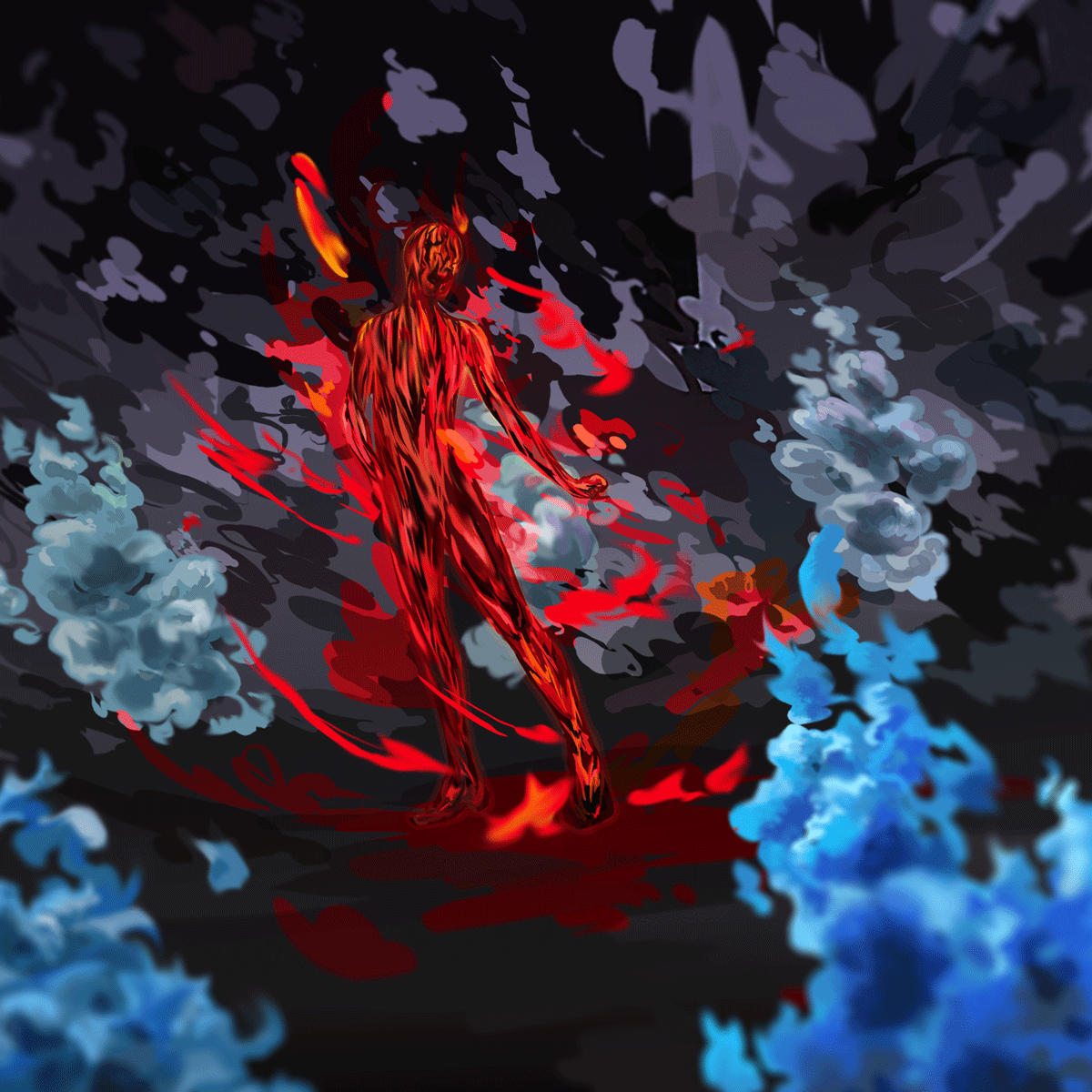In our Artstagram article from September, you got all the hot goss on shiny artist Instagrams. For part II, here follows 10 of the best art world Instagram accounts by non-artists in all the land.
kimberly not kim @museummammy
https://www.instagram.com/p/Bppse4FB_qH/
In 2011, curator, writer, and social media star Kimberley Drew started the tumblelog Black Contemporary Art, which focused on black art and artists. She is now the social media manager of The Metropolitan Museum of Art in New York, having previously worked at the Studio Museum in Harlem and Lehmann Maupin New York. Follow her Instagram to glimpse into the life of an art world darling, journeying with her through not only the Met but most big art-world events.
freeze d/e @freeze_de
https://www.instagram.com/p/13RZThM6wo/
I have to admit, this account has been inactive since 2015. But the 135 bangin’ art memes it posted before then make a cheeky visit well worth it. Not pulling any punches, highlights include a meme captioned “Dan Rees has a show at Tanya Leighton more often than most Berlin artists actually go to their studios.” Sick burn.
STIMULI @stimulistimuli
https://www.instagram.com/p/BiHjxbrh7ly/
Why are all the best art meme accounts dead? I was born in the wrong generation. At only 62 posts, STIMULI has been inactive since 2017, but the content that remains is worth a read. However, the account posted an ambiguous instagrid earlier this year that gives me (probably false) hope that it will return in #2019. For the moment, my personal favourite is their “straight-white-gallerist on holiday starter pack.” Need I say more.
Jennifer Higgie @jenniferhiggie
https://www.instagram.com/p/BptiqOhgwIr/?hl=en
On her personal account, Jennifer Higgie, editorial director of Frieze, posts an image and biography for a spectacular woman of art history every day. She last posted yesterday so I promise it’s not another inactive ‘gram where we are forced to wax nostalgic about past posts. Artists featured over October alone include French painter and writer Louise Abbeéma, American quilt-maker Harriet Powers, American classical sculptor Harriet Hosmer, and British surrealist artist and writer Margaret Ithell Colquhoun. Give a cheeky follow and learn neglected art histories via osmosis.
Bertram The Pomeranian @bertiebertthepom
https://www.instagram.com/p/BqF_pnNl389/
A regular staple of art fairs around the globe, Bertram the Pomeranian is the pet of The Hole NYC’s Director Kathy Grayson. Follow this Insta to see the art world from a dog’s-eye view. Also he’s just really, really cute. I highly recommend you watch an Insta story of him running; it shall make your week.
JiaJia Fei 费嘉菁 @vajiajia
https://www.instagram.com/p/Bqmw3VrHwhV/
My hero for a number of reasons, including her long-term rocking of the bowl cut, Jiajia Fei is the Director of Digital for New York’s Jewish Museum. Before that she worked as Associate Director of Digital Marketing at the Guggenheim. Like @museummammy, Fei’s insta is a beautifully curated combination of artworks, art events, and the general business of cool NYC people.
THE WHITE PUBE @thewhitepube
https://www.instagram.com/p/BqnD1VhFpg7/
I’m always suspicious of art critique platforms hailed by the Guardian as the most cutting-edge thing since sliced bread, but The White Pube indeed follows through on their goal of calling bullshit on the art world. An art criticism platform that operates across Instagram, Twitter, and their very own website, The White Pube was developed “because everything else was boring/overly academic/white nonsense////and male.” For three years now they have been delivering internet colloquialism-laden honest reviews of exhibitions around the UK. Check it out and keep it real.
Amalia’s Instagram @amaliaulman
https://www.instagram.com/p/BgLYNVejzNi/?hl=en
Okay, you got me, I sneaked an artist into this list. But it’s because, imho, Amalia’s Instagram has a bad rap for that whole fake life thing, which tbph is probably one of the least interesting things Ulman has done anyway. I’m also eternally melancholic that apparently she was going to come speak at SAIC some years ago, before she got famous, but then she got famous and it never happened, and perhaps never will. Her current Instagram is preoccupied with a delightful obsession with pigeons and the color red, 10/10 for you, Amalia Ulman. You go, Amalia Ulman.
Art Garments @artgarments
https://www.instagram.com/p/BmLoi9WDqsv/?hl=en
An instagram dedicated to accessory close-ups in classical paintings. Who could ask for more? Check out the ruff on “Portrait of a Lady with a Ruff” by Michiel van Mierevelt. Also maybe that lady is Julia Roberts? Take a look and decide for yourself. The beautiful “The Knight of the Flowers” by George Rochegrosse, in which a field of flowers is mirrored in the titular knight’s armor, is another highlight for me.
Pierre Terjanian @pierre.terjanian
https://www.instagram.com/p/Bl6bj60jGfA/
On the private account of Pierre Terjanian — Arthur Ochs Sulzberger Curator in Charge, Department of Arms and Armor at The Metropolitan Museum of Art — each arms and armor-related image is accompanied by a fascinating and niche caption relaying tidbits you’d have to study medieval culture rather intently to come across. It’s lucky we have Pierre Terjanian here to keep us in the know. Want to learn about novel armor helmet design trends in the 17th century? Or Delacroix’s interest in pauldrons (shoulder defenses) that take the form of masks? Look no further. Thank you, Pierre Terjanian, for all you have done and continue to do.







